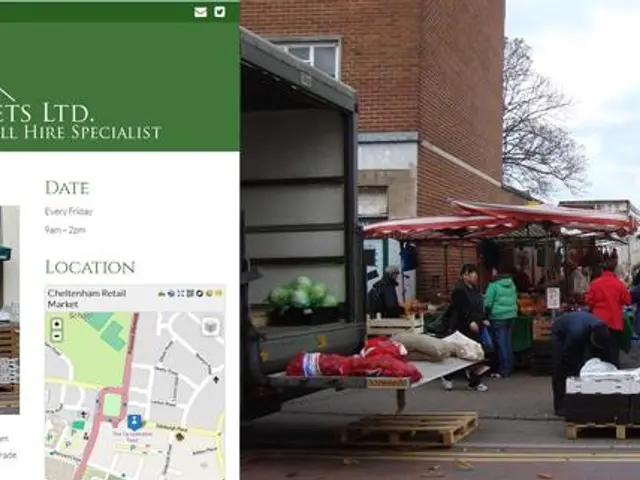Helicopter Model: UH-72 Lakota
The UH-72A Lakota, a twin-engine light utility helicopter developed by Airbus Helicopters, is a versatile aircraft that serves both military and civilian operations. Its unique blend of speed, agility, reliability, and advanced avionics make it an effective tool for a wide range of missions.
Specifications
With a capacity to carry two pilots and up to eight passengers, and a maximum load capacity of approximately 3,253 pounds, the UH-72A Lakota is well-equipped to handle various tasks. Its four composite rotor blades reduce vibration and improve aerodynamics, while its twin-engine configuration, featuring an upgraded Arriel 2E turboshaft and dual FADEC, enhances power and control, notably in the UH-72B variant. The aircraft is also equipped with Airbus Helionix suite, which includes a four-axis autopilot with five stabilization modes, providing enhanced safety and flight control automation.
Military Uses
In military service, the UH-72A Lakota serves as the U.S. Army’s primary pilot training helicopter, replacing older aircraft like the Bell OH-58 Kiowa. It supports homeland security missions and local law enforcement, including counterdrug photo reconnaissance and eradication missions. The helicopter is also capable of search and rescue operations, equipped with hoists for personnel recovery from hazardous environments such as floods. In addition, it is utilized for reconnaissance, medical evacuation, and logistics support in both domestic and expeditionary roles, with adaptability to evolving military requirements.
Civilian Operations
In civilian applications, the UH-72A Lakota is widely used in support roles for emergency medical services (EMS) and disaster response. It provides logistical support in distributed operational environments, augmented by autonomous technologies being tested in variants like the MQ-72C drone derivative. The helicopter's versatility, easy maintenance, and operational flexibility make it a valuable asset in various civilian aviation sectors, supported by Airbus’s strong U.S. industrial presence and aftermarket support network.
In conclusion, the UH-72A Lakota stands out for its blend of modern avionics, reliability, and multi-mission capability. It is a significant asset both in military training and operational roles as well as in expanding civilian applications. Airbus actively updates the platform with safety and performance enhancements, including the UH-72B upgrade model. The UH-72A Lakota is currently in use by multiple U.S. military branches, including the Army, National Guard, and Navy, reflecting its strategic importance.
[1] Airbus Helicopters. (2021). UH-72A Lakota. Retrieved from https://www.airbushelicopters.com/en/products/civilian/uh-72a-lakota.html
[2] U.S. Army. (2021). UH-72A Lakota. Retrieved from https://www.army.mil/equipment/vehicles/uh-72a-lakota
[3] Airbus Helicopters. (2021). UH-72B Lakota. Retrieved from https://www.airbushelicopters.com/en/products/military/uh-72b-lakota.html
[4] Airbus Helicopters. (2021). UH-72A Lakota in Civilian Operations. Retrieved from https://www.airbushelicopters.com/en/newsroom/press-releases/2021/uh-72a-lakota-in-civilian-operations
[5] Airbus Helicopters. (2021). UH-72A Lakota: A Success Story. Retrieved from https://www.airbushelicopters.com/en/newsroom/press-releases/2021/uh-72a-lakota-a-success-story
- The unique blend of modern avionics, reliability, and multi-mission capability in the UH-72A Lakota makes it an ideal choice for various tasks in both the aerospace industry and civilian operations, demonstrating its importance in the finance sector due to its cost-effectiveness and long-term value.
- In addition to its military uses, such as pilot training and homeland security missions, the UH-72A Lakota's versatility in technology-driven applications like disaster response and autonomous logistics support expands its role beyond traditional aerospace and finance, positioning it as a vital tool in the evolving world of technology.








